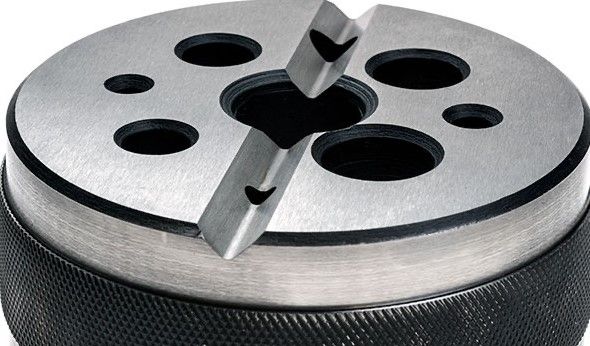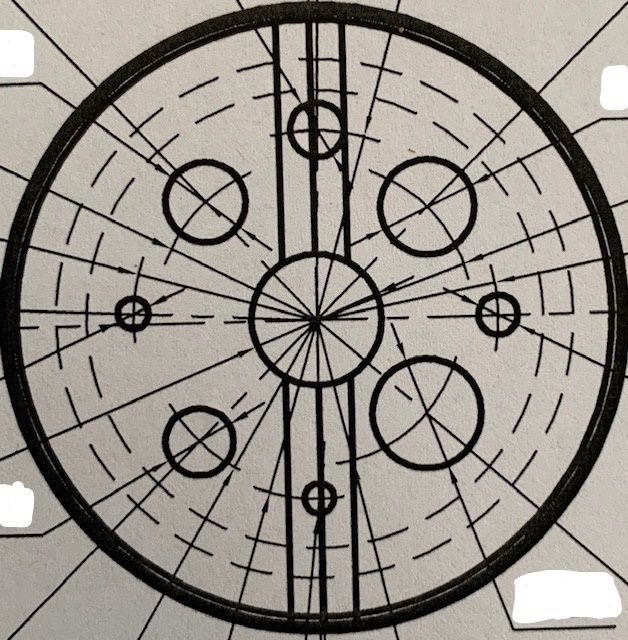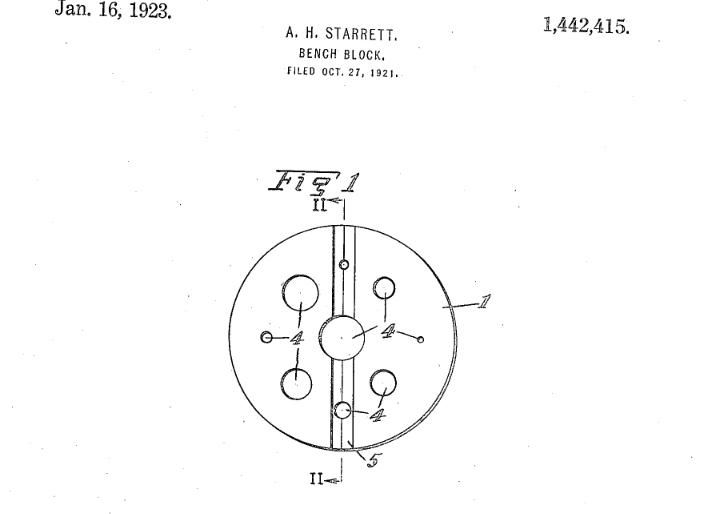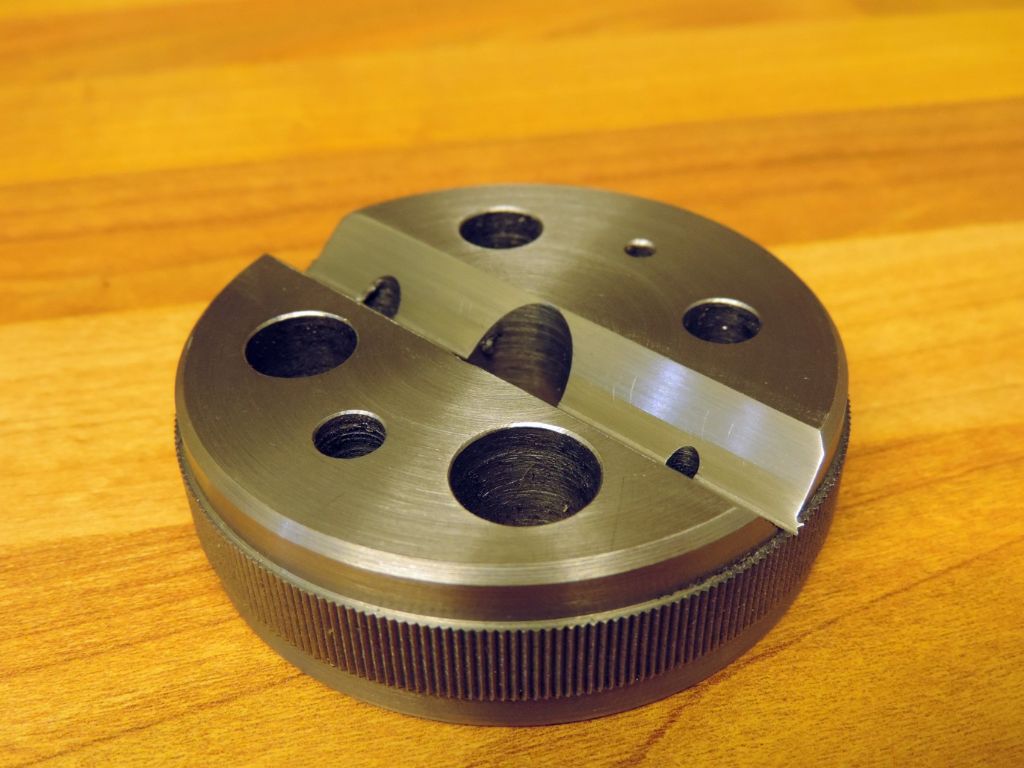A Question on Bench Blocks
A Question on Bench Blocks
- This topic has 62 replies, 27 voices, and was last updated 27 December 2019 at 00:43 by
 Bazyle.
Bazyle.
- Please log in to reply to this topic. Registering is free and easy using the links on the menu at the top of this page.
Latest Replies
Viewing 25 topics - 1 through 25 (of 25 total)
-
- Topic
- Voices
- Last Post
Viewing 25 topics - 1 through 25 (of 25 total)
Latest Issues
Newsletter Sign-up
Latest Replies
- Myford Dixon-type toolholders: different dimensions?
- Dismantling the Pratt Burnerd Myford 3 jaw chuck
- Stuart Grasshopper – beam pivot supports; puzzled
- 3.5″ Britannia Drawings LSBC
- Model Turbines
- Muffle furnace
- Slideway oiler thingies
- Suitable Adhesive for Oily Wood
- Scroll Saw Blades for Steel
- Hardy & Padmore “Ideal”










